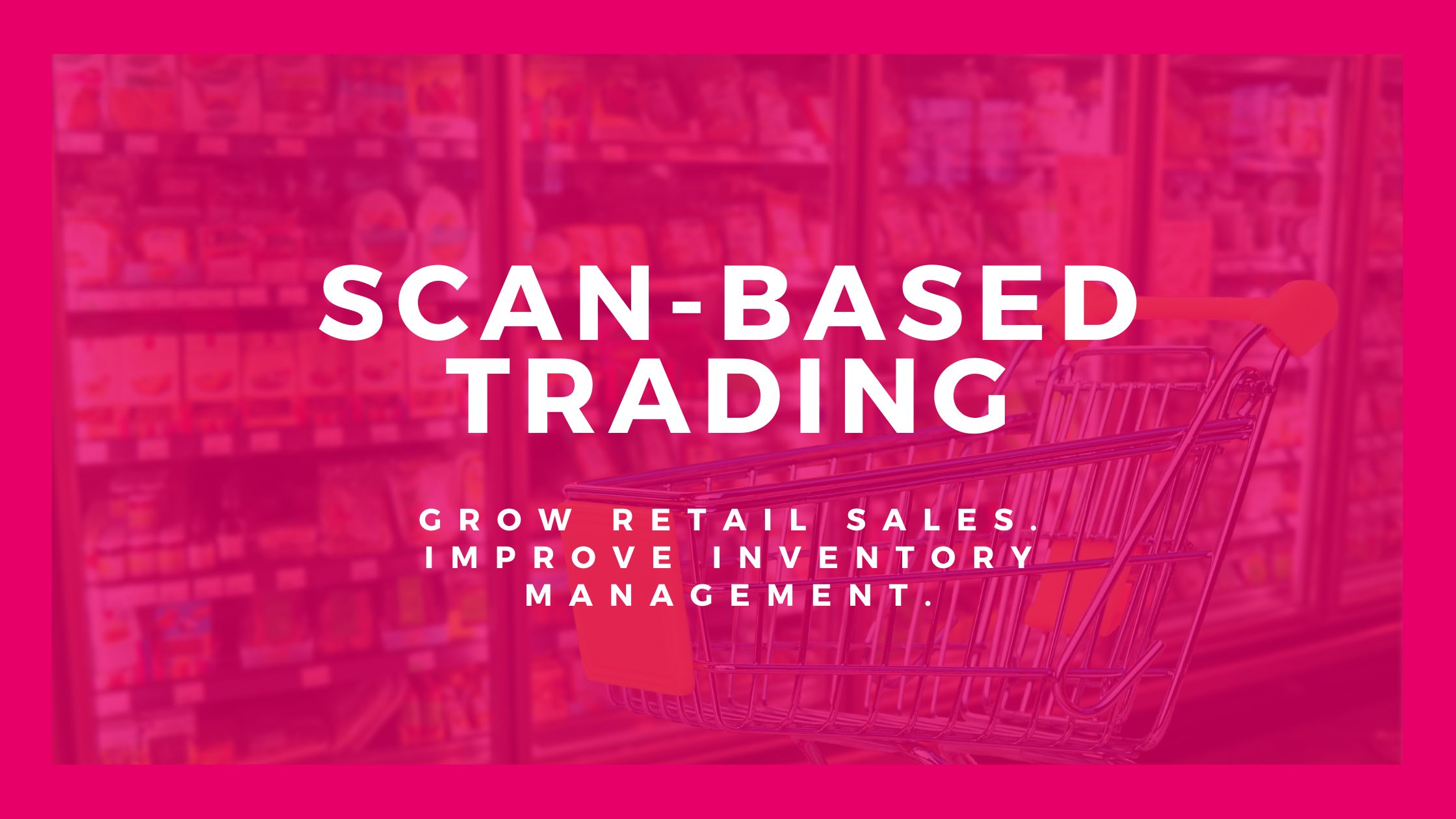The New Year has retailers focusing on spring retail reset season. Of course, resets happen throughout the year, but spring and fall resets are key transition times.
It is prime time for brands to introduce new products, train stores on new offerings, and recalibrate strategy from lessons learned in the previous year.
Keep reading to learn how brands can maximize the impact of spring resets and get on a path to success in 2021.
Scan-based trading (SBT) is a tool that helps retailers and trading partners drive operational efficiencies by aligning supply and demand at the point of sale. It enables vendors to retain ownership of physical inventory until that product is swiped at the checkout and sold. When the item is sold, its ownership passes from the vendor to the retailer and the payment is split between the two. SBT is also a business model and is technically considered a form of consignment trading.
This model is increasingly popular amongst retailers and vendors alike because of the many benefits each party recognizes from its use. Keep reading to learn more about how it works, what the benefits are, and how to start using it if you aren’t already.
Keep reading to learn how brands can maximize the impact of spring resets and get on a path to success in 2021.
How Can Scan-Based Trading Benefit Retailers and Vendors?
SBT is beneficial to all stakeholders in a few ways. Here are a few of the biggest “wins.”
Benefit #1 – Faster Payments
Because the payment is split between retailer and vendor at the point of sale (POS), and not before or after, it allows both parties to avoid financing delays and frees up cash flow for both parties. Otherwise, vendors and retailers must negotiate inventory tracking, invoicing, and payment terms. Splitting the purchase at the POS saves valuable time and minimizes financial transactions.
Benefit #2 – Aligning Supply & Demand
The ripple effects of aligning supply and demand more closely, across any industry, have proven to be wide-ranging. For starters, it ensures that neither the vendor nor the retailer will be stuck with excess inventory in the retailer’s system, which is costly to produce, store, and offload. It also solves the other side of the problem, which is running out of supplies before the demand is capped. When inventory is understocked, both parties risk losing out on that sale and it can even jeopardize customer relationships. SBT allows inventory to be monitored at the store level allowing a much leaner and more responsive supply chain.
Benefit #3 (Retailer) – Decreased Labor & Storage Costs
SBT enables retailers to better plan for staffing and storage needs. They no longer have to hold the cost of the inventory, have to maintain inventory levels, or need to invest in additional labor to manage those products. Remember that retailers do not own SBT products so while they take up physical store space, there are no retail assets dedicated to moving them.
Benefit #4 (Vendor) – POS Visibility
Data is gold and SBT can solve one of the biggest data challenges that vendors experience: insight into what happens at the store level. Because the vendor retains ownership of the inventory until it’s swiped at the checkout counter, the vendor will receive store-level inventory data along with POS data at the time of sale. This gives them visibility at both the store and item levels.
The result?
Increased responsiveness, smarter product placement, and better product promotion, all leading to an enhanced customer experience.
Benefit #5 – Strengthened Vendor/Retailer Relationship
We’d go so far as to claim that SBT can strengthen the relationship between vendors and retailers, sometimes even leading to more favorable payment terms and less complex program agreements.
Why?
Because everyone loves when others make their lives easier. And the features that SBT offers allows both vendors and retailers to access the data and payments they need, while minimizing extraneous communication. The end result is a less process-intense relationship between the two parties because many of the potential bottlenecks in the system have been removed.
Enough of the Pros of SBT, What’s the Catch?
There is one downside to SBT: the retailer doesn’t own the inventory and thus they do not allocate any in-store labor to service SBT products.
This can sound like an enormous stumbling block but fortunately (and often surprisingly), this is an easy hurdle to jump.
The answer?
Retail merchandising representatives.
Merchandising reps manage inventory at a store level and regularly service SBT products, including re-stocking, removing damaged or discontinued items, and reporting inventory levels.
How RMS Can Help Implement SBT and Maximize Sales
Here at Retail Merchandising Services (RMS), we’re SBT experts. We partner with vendors who use SBT and can come in and bring all the staffing and industry knowledge needed to execute every step of the process.
Our SBT services include:
- Moving the product to the sales floor from the receiving dock
- Setting the planogram on the sales floor
- Planogram management – zoning and stocking product
- Transitioning in new products and moving out old, transitioning items
- Reporting highly accurate inventory counts to vendors for re-ordering
We work in many major retail chains across channels. Our expert reps service our clients’ products on the timeline that works best for them, ranging from multiple times per week to monthly visits.
Not sure what SBT support you need?
Not a problem. We can help you figure that out too. We manage the entire retail store element of SBT for you, starting with questions and ending with higher profits.
If you’re interested in partnering with RMS to support your SBT processes, let us know. We’ll help you explore how to maximize your sales and what the next steps look like.

